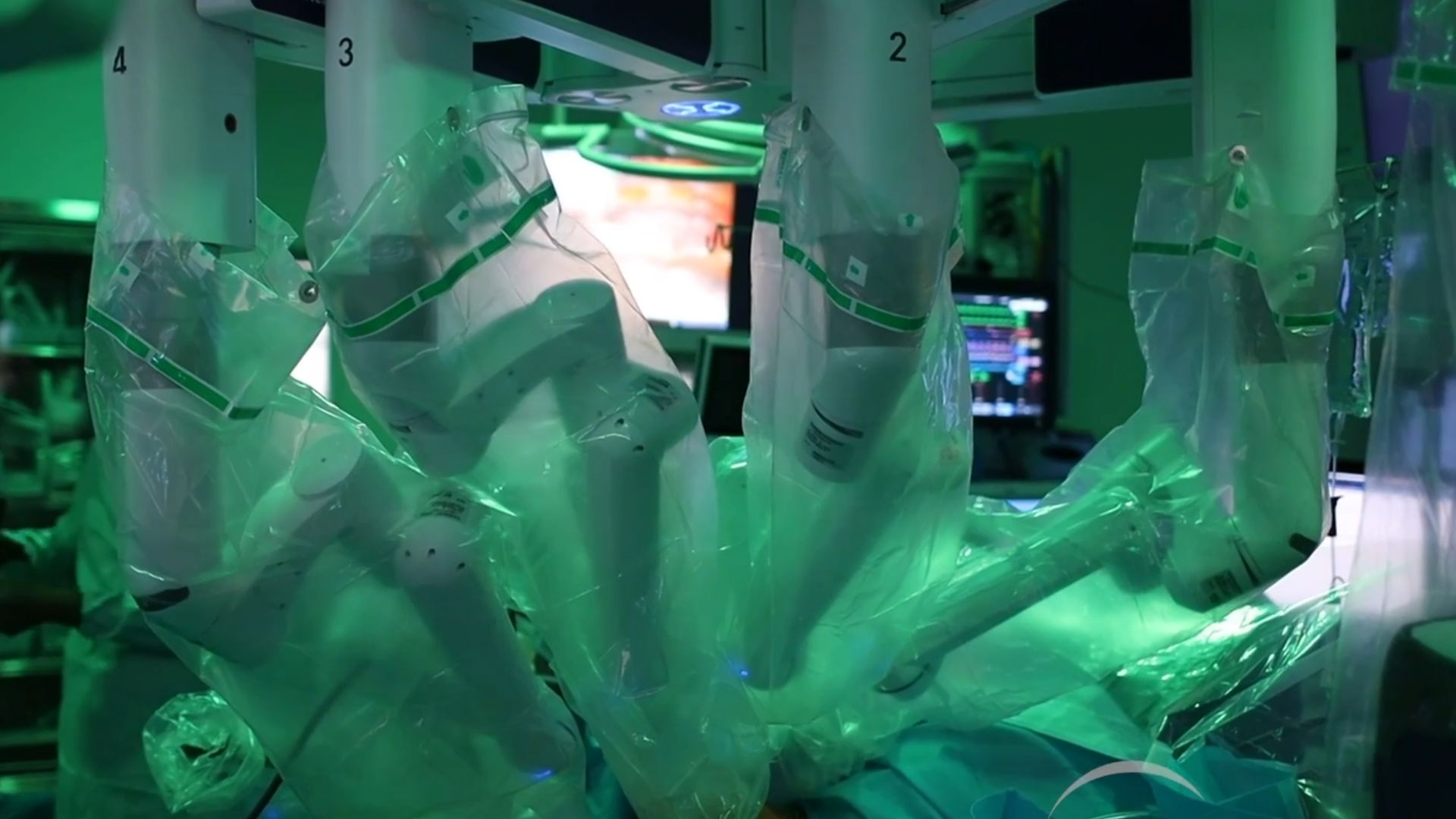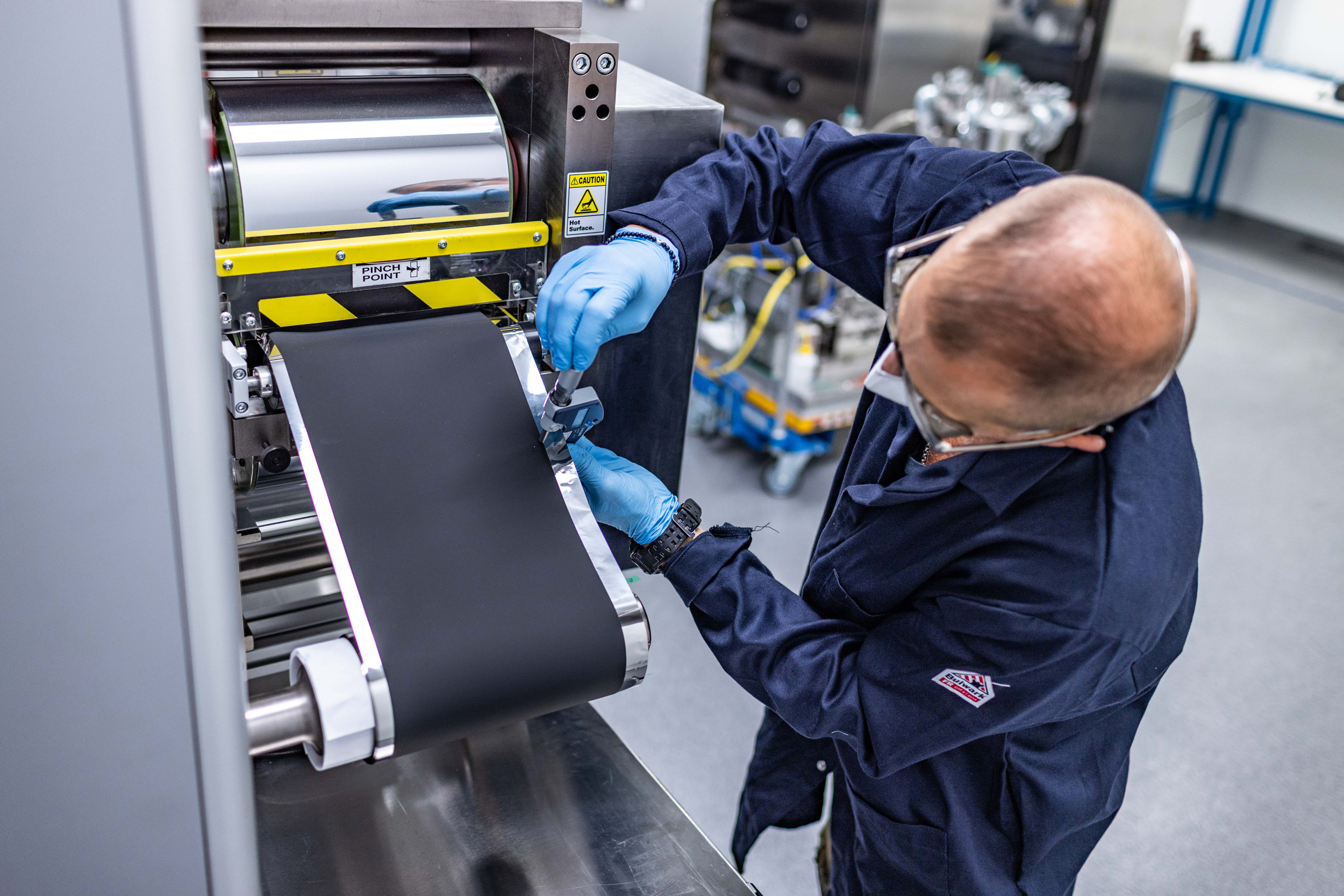- 29 Posts
- 8 Comments

 2·4 days ago
2·4 days agoThe problem for all the investor funded AIs, is that data centers are huge costs. They’re burning through billions of dollars every month. That makes sense if one of two of them emerge as dominant players who own most of the market share for future AI businesses.
If they all keep under-cutting each other by using open-source. It’s more likely companies like OpenAI will crash and burn first.

 8·5 days ago
8·5 days agoA lot of these open sourced AIs have been released that way to undercut competitors. Many people still think AI will consolidate into the hands only the biggest of Big Tech players, but it doesn’t seem to be happening yet.

 3·6 days ago
3·6 days agoAlso, current LLMs are great at modelling best practices.
Most disease diagnosis, even rare diseases, follows predictable paths. Human doctors would have to have superhuman memories to do as well.
What’s more exciting to me is that this knowledge is now free. Free as in beer.
People talk of UBI, but what about universal services that cost nothing?

 1·12 days ago
1·12 days agoThis will be a great way to channel vast sums of money from the American taxpayer to rich elites, for which the taxpayer will see little or nothing in return. Something the US public are about to see a lot more of.

 1·13 days ago
1·13 days agoWhile people usually focus on carbon neutrality, I often think decentralization is renewables’ most underappreciated aspect. Everything it touches can happen at the home and community level. The Haber-Bosch process is the epitome of the 20th century large scale heavy industry model. Now here is a solution replacing it at the level of individual farms.
I suspect much of robotics will be decentralized too, and with that, they may decentralize automated manufacturing. In a few decades, it may seem quaint that people shipped so many things halfway around the world.

 0·15 days ago
0·15 days agoHe said it again a few days ago on a Reddit AMA.
Perhaps the most interesting comment from Altman was about the future of AGI - artificial general intelligence. Seen by many as the ‘real’ AI, this is an artificial intelligence model that could rival or even exceed human intelligence. Altman has previously declared that we could have AGI within “a few thousand days”.
When asked by a Reddit user whether AGI is achievable with known hardware or it will take something entirely different, Altman replied: “We believe it is achievable with current hardware.”

 0·25 days ago
0·25 days ago“Of the world’s four largest greenhouse gas emitters the EU has made by far the most progress in slashing emissions. A report released last week by the UN Environment Programme calculated that EU emissions fell 7.5 percent last year – compared to a 1.4-percent drop in the United States, and a jump of 5.2 and 6.1 percent respectively in China and India.”
This is largely driven by swapping out coal for renewables, which means the EU is on track for its goal of being carbon neutral by 2050. China and India have growing electricity demand, that even China with its vast renewables manufacturing capability, can’t meet from renewables alone. There is talk in the EU about speeding up efforts to try to reach carbon neutrality sooner. Crucially, this can now be tied to a pro-economic growth agenda which will get more right-wing parties in the European Parliament on board.















We rarely hear of the Chinese space program in western media, but it keeps doing interesting things. A recent launch tested an inflatable module for their space station. That was an idea that once seemed promising for the ISS, via Bigelow Aerospace, but never seemed to go anywhere.
This cargo mini-shuttle concept isn’t new either. Thirty years ago an ESA version called Hermes got to the advanced planning stage before being scrapped. Some people have doubts that space planes, even launched with reusable rockets, are all that efficient, so it will be interesting to see how this fares.